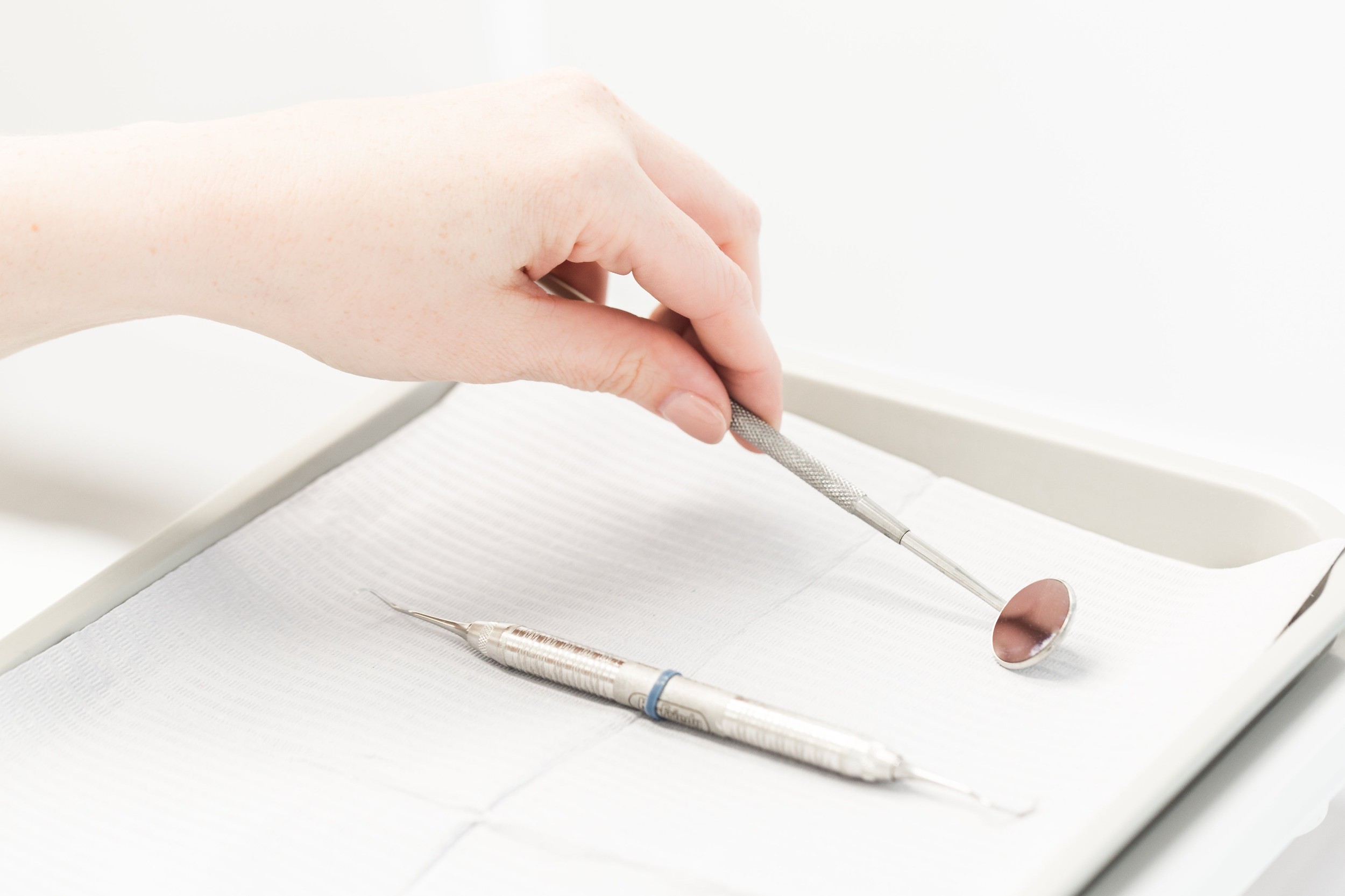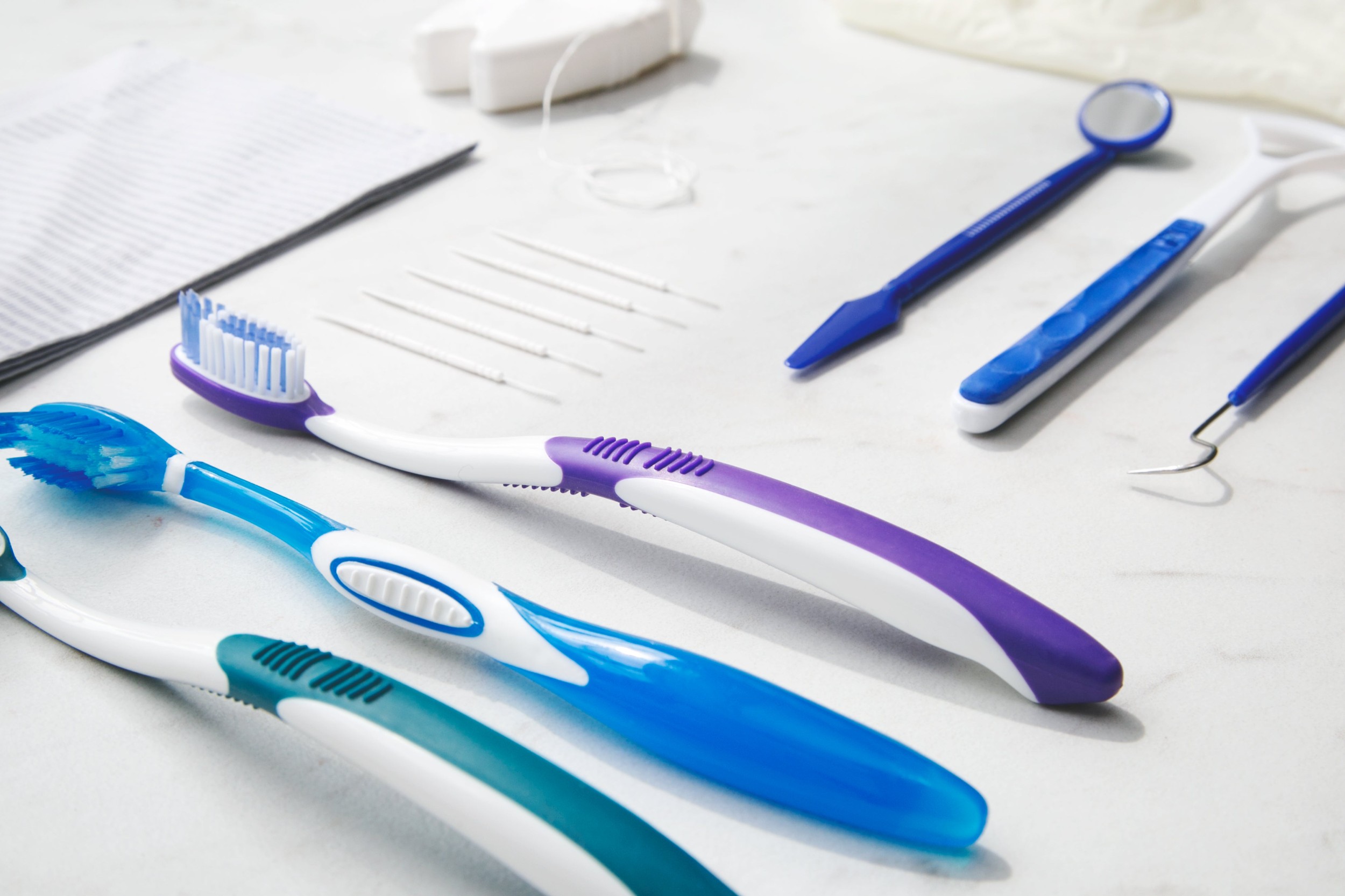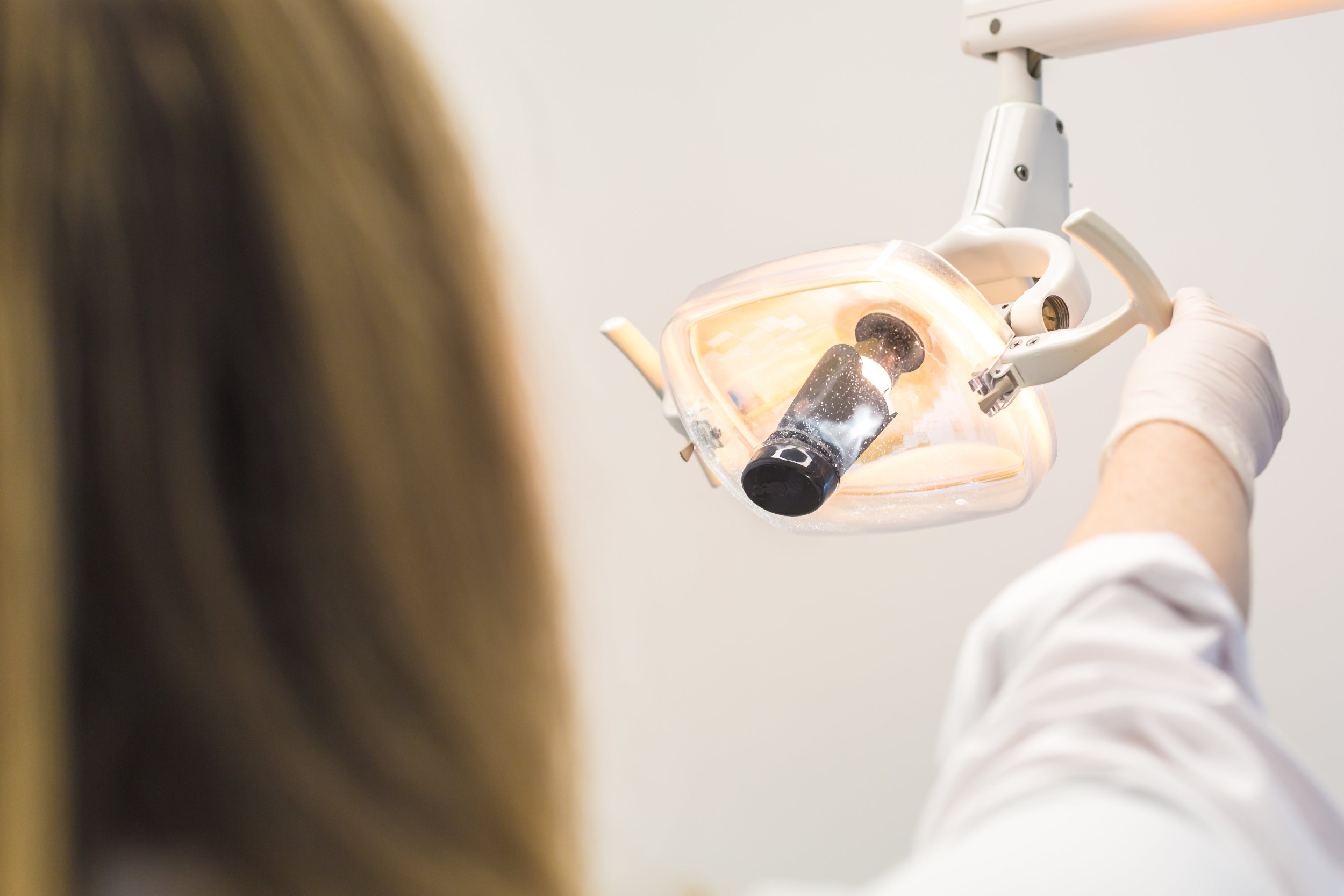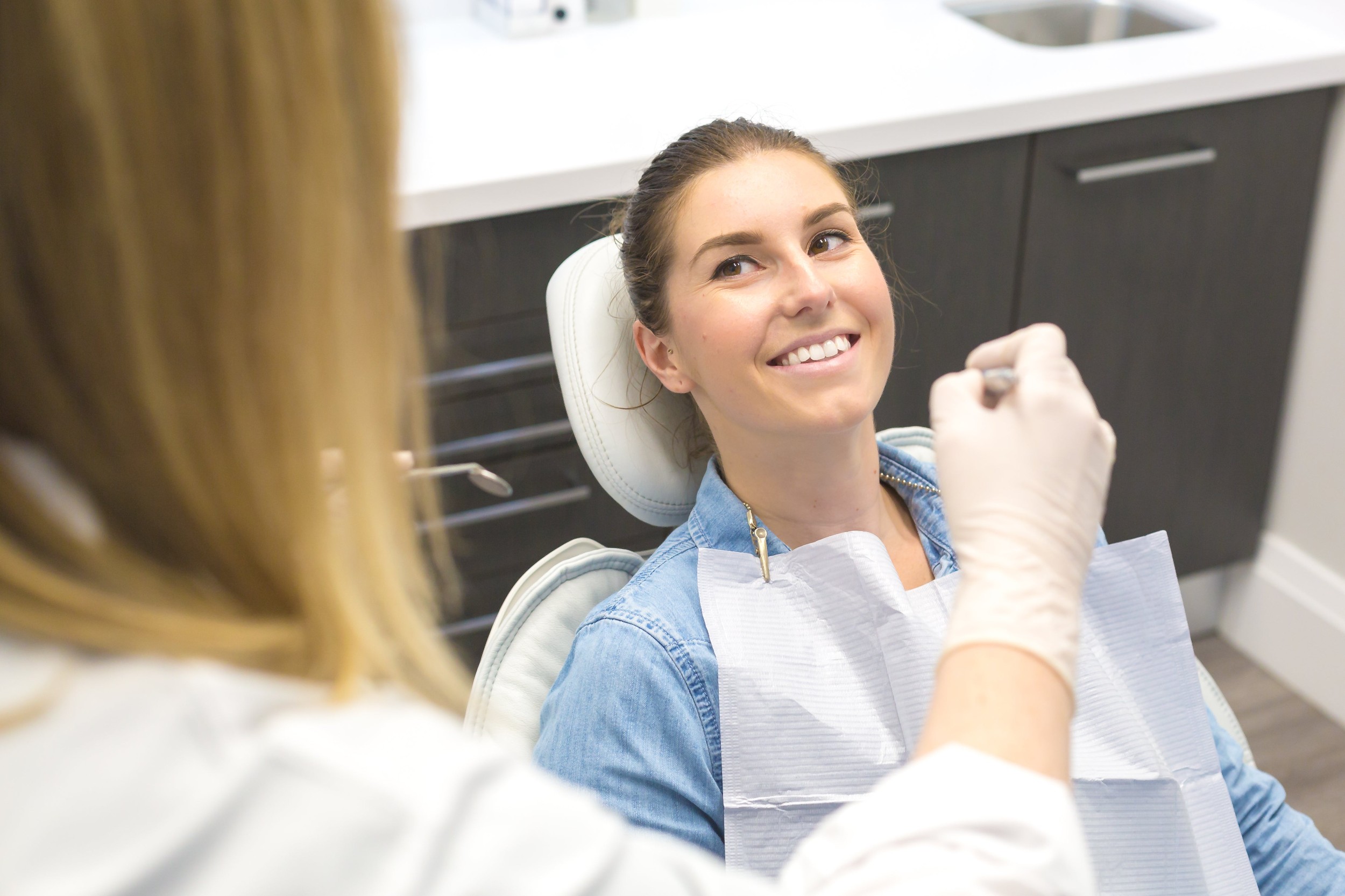About our service
Our service provides NHS dental care for children and adults who have treatment needs that cannot be met by a general dental practitioner or 'high street' dentist. We provide care for individuals with physical and mobility problems, sensory issues, learning disabilities, complex medical conditions, severe emotional or mental health problems and looked after children.
Our service is Consultant led and our team comprises of 1 Paediatric Dental Consultant, 1 Consultant in Adult Special Care Dentistry, 1 Specialist in Adult Special Care Dentistry, Specialist Registrars in both Paediatric and Adult Special Care Dentistry, and experienced dentists and dental nurses. We also have a pro-active Oral Health Promotion team who provide training and education in oral care to health care professionals. To meet the individual treatment needs of each patient, we provide patient centered care plans and oral health education, as well as general anaesthetic and sedation services. Our service is fully accessible - find out more about our facilities below.
To make the service fully accessible, our facilities include:
- Hospital and community bases clinics
- Hospital based general anaesthetics on three sites
- Hospital based medically compromised clinic
- Inhalation sedation
- Wheelchair accessible clinics
- Hoists
- Interpreting services
- Activity and sensory packs
- Social story boards with easy read symbols + PECS
How to access our services
We are a referral-only service, which means that a healthcare professional (your family dentist, GP or health visitor) or other social care professional will need to refer you. All referrals are triaged to ensure they fall under our referral criteria. If your referral is accepted, an appointment letter will be sent to you. Further appointments (if required) will then be booked directly with your clinic. The referring dentist is still responsible for any urgent dental care, preventative care and routine dental check-ups, unless directed by our service. The majority of referred patients will be seen by us and then returned back to their dentist for continuing dental care.
Our service is commissioned to provide dental care to individuals living within the county boundaries of County Durham and Darlington. The patient's home postcode must be within this geographical area and checked prior to referral.
Unfortunately, self-referrals are not accepted.
If you are a general dental practitioner or other health care professional and wish to make a referral, you can find more information in the 'referrals' section below. Please review the referral criteria prior to sending.



